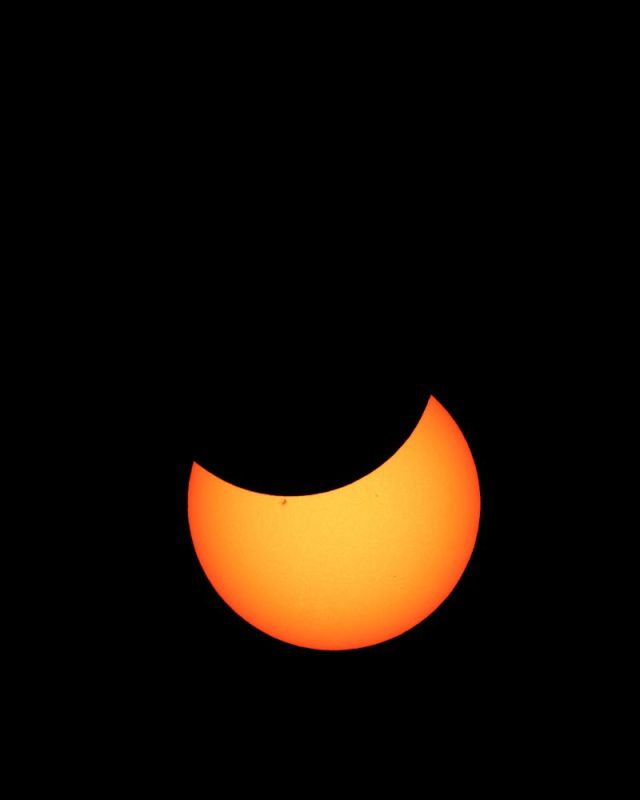Thursday’s hybrid solar eclipse will last for 62 seconds. But for a small town in rural northwest Australia, the effects could linger on for a lifetime.
That’s the hope for Exmouth and the surrounding Ningaloo Coast in Western Australia, which are hoping that April 20th’s once-in-a-decade natural phenomenon could kick off a tourism boom that lasts well beyond the eclipse.
The town – whose name is pronounced “ex-mowth” – has 3,000 residents but will swell to 20,000 this week, based on accommodation bookings and information from the local tourism authority.
Exmouth will have possibly the world’s best view of the April 20 solar event.
There will be a partial view of the eclipse beginning at 10:04 a.m. local time, then the totality – where the sun appears completely blocked out from the sky – will occur at 11:29 a.m. The partial view then ends at 1:02 p.m.
At the moment of totality, the sun, earth and moon will all align to awe-inspiring effect.
The Ningaloo area has been working on its eclipse-related tourism offerings for more than a year, according to Cook.
There’s a range of events to keep newfound friends busy, including outdoor music performances, stargazing tours, photography lessons and astronomy education programs for kids.
On top of that, the local Baiyungu community, the traditional owners of the land, have organized the first-ever Jamba Nyinayi Festival.
Held in nearby Coral Bay, the festival includes Indigenous storytelling, music, dance, food and fire and ends with a drone show on Thursday night.
Investing in the future
Exmouth is some 1,250 km (777 miles) north of Western Australia’s capital, Perth, and is geographically closer to Papua New Guinea than Sydney or Melbourne.
But now that a swell of hopeful stargazers is coming to see the eclipse, local tourism officials are hoping that these guests will fall in love with the area, then go home and tell their friends and family about it.
One of the area’s biggest draws is the UNESCO-listed Ningaloo Coast, a 604,500-hectare stretch known for an exceptional coral reef as well as for being the home of whale sharks and sea turtles.
Additional park rangers have been brought in to support the wave of new visitors. Altogether, Western Australia state spent 20 million AUD ($13.5 million) on infrastructure updates for the eclipse, which included everything from water and sanitation services to additional parking.
Local residents may be antsy about their big moment in the sun (or, briefly out of the sun), but Cook points out how many opportunities could come in the months and years beyond the solar eclipse.
“They see it as a great opportunity to showcase their town and the environment in which they live, and the great tourism opportunity it might present not just people who come this week but people who are watching from around the world.”

